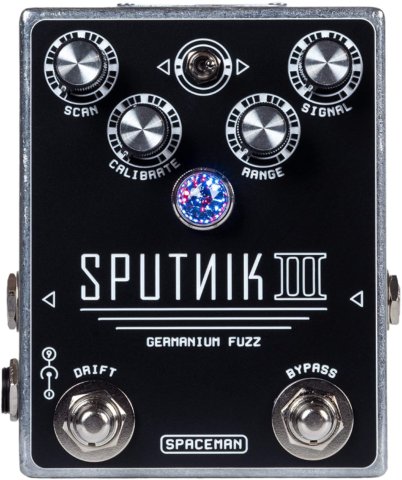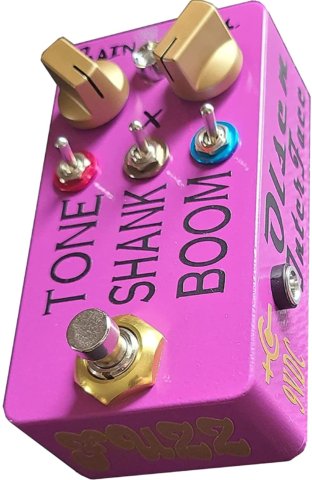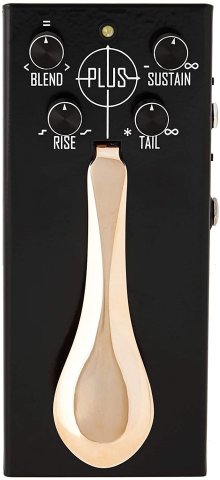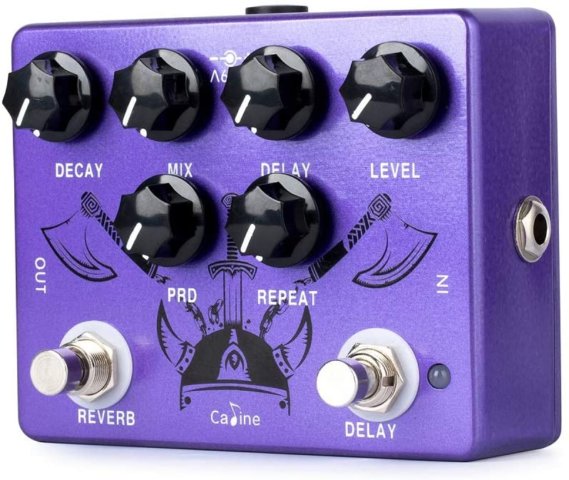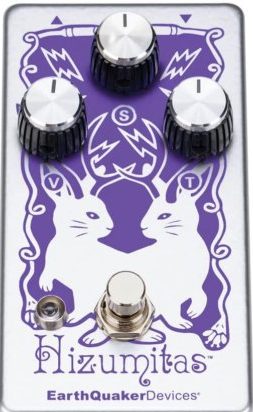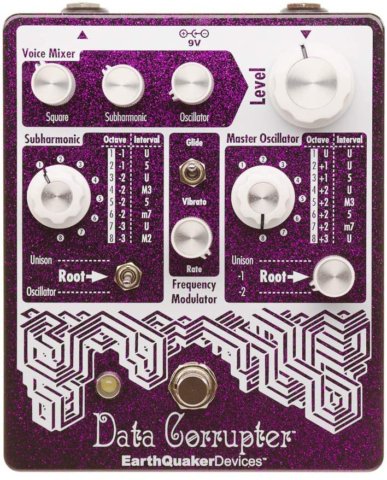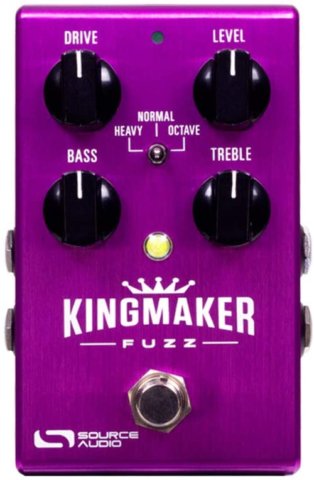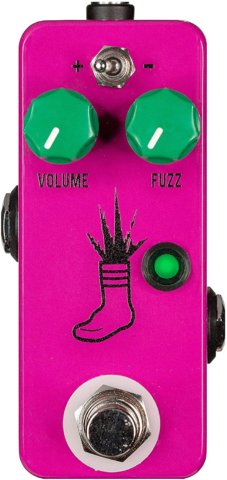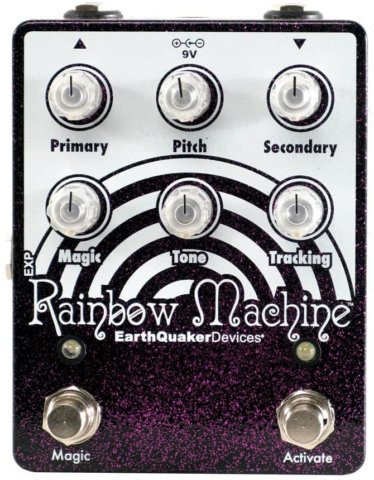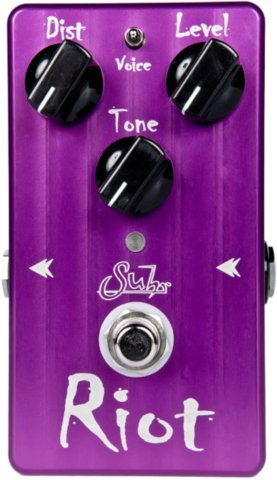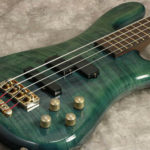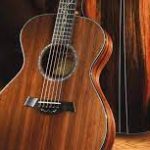GAIN STACKING PEDALS
This site contains affiliate links, which we receive a commission from any sale or purchase, and are of no cost to you. As a participant in the Amazon Services LLC Associates Program, affiliate links will redirect you to Amazon.com and its affiliate sites. Please read our DISCLAIMER for more information
Knowing how effects relate to one another in a gain stack is vital, as it’s different from how they usually work independently. The payoff is massive. Plus, it gives you an excuse to dust off your old, unused dirt pedals.






